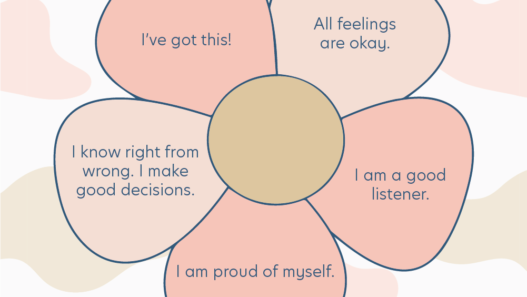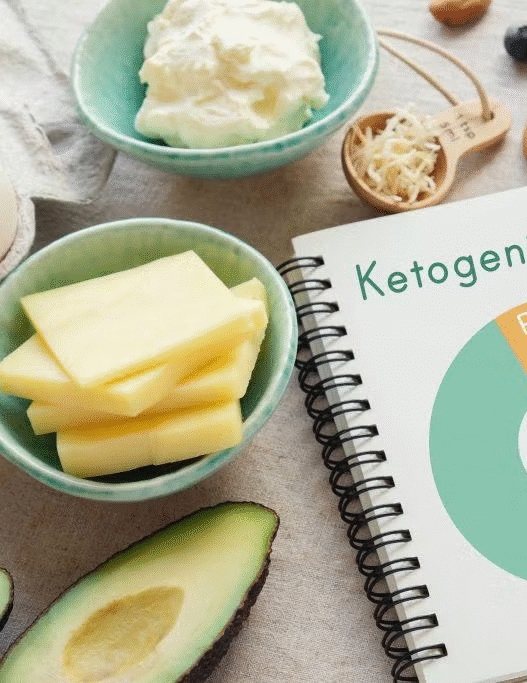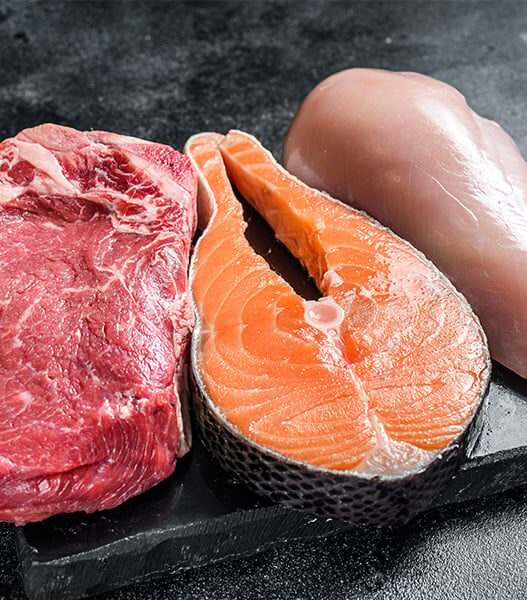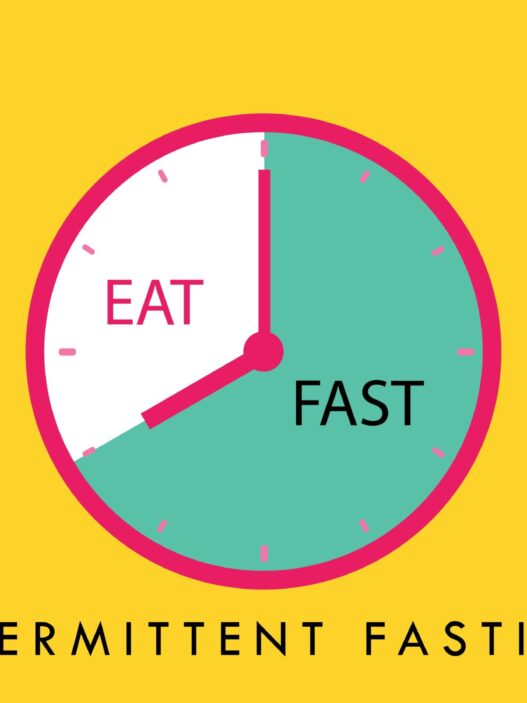What is GOLO diet? The GOLO Diet has become a prominent player in the large and frequently confusing weight loss dietary landscape by standing out as being the only diet that places significant emphasis on hormone balance as opposed to basic calorie restriction.
It is sold not only as a diet, but as a holistic metabolic health program that delivers sustainable weight loss through what the company claims is the root cause of weight gain unstable insulin levels.
However, what is GOLO diet and does it meet the hype? And now we will consider the principles, promises and practicality of the GOLO Diet.
Insulin as a Management of Weight
The basic assumption of GOLO, or GO LOw, is that weight gain and difficulty in losing weight are caused mainly by an imbalance of insulin. Insulin is a hormone, which regulates blood sugar.
The creators of the diet claim that a modern diet rich in processed foods and sugar makes you become insulin resistant i.e.your cells are not responding to insulin. This makes the body to accumulate greater fat and results in hunger and cravings.

The GOLO Diet will stop this cycle. The program should stabilize blood sugar and enhance insulin sensitivity, rather than reducing the number of calories drastically or eliminating a food group altogether.
The rationale is that in that way, the body will have an easier access to stored fat as a source of energy, the body will become more efficient at metabolism, the hunger will decrease, and weight loss will become more natural and sustainable.
The GOLO Plan 3 Pillars
The GOLO program is based on three main aspects namely, a particular diet, a proprietary supplement branded Release, and emphasis on mindset and lifestyle.
1. The Food Plan: The GOLO Diet recommends a flexible and balanced food list which comprises whole, nutrient-dense foods. No taboo foods are included, although the plan supports a reduction of processed foods, refined sugar and carbohydrates.
The participants receive a “Food Guide” which will describe how the meals should be made, following a system of fueling blocks- portions of proteins, carbohydrates, fats, and vegetables.
The diet prescribes 3 meals in a day, and in these meals, a balance of these macronutrients is taken to maintain a normal sugar level. The general calorie intake is usually established at 1,300-1,800 calories around the clock depending on the metabolic rate of an individual.
2. The Release Supplement: This is the main and most debatable issue of the program: the patented supplement, which is called Release.
This combination of plant extracts and minerals magnesium, zinc, chromium, and extracts such as banaba leaf and rhodiola are created to help maintain metabolic wellness and enhance insulin performance.
The users are directed to take one capsule in a meal. It should be mentioned that, although the ingredients are generally considered to be safe, there are no independent or large-scale studies that could prove the effectiveness of the particular Release blend on weight loss. The price of such a supplement is a high component of what the whole program costs.
3. Lifestyle and Mindset: GOLO focuses on the idea that weight loss should not be a one-diet-pill-only solution.
The program provides materials on stress control, better sleep habits, and low-intensity exercise. This integrated methodology is given to focus on other lifestyle determinants that may influence insulin and cortisol levels to help promote a general metabolic wellbeing.
Possible Benefits and Disadvantages
Potential Benefits:
Whole Foods Focus: The diet promotes the consumption of whole, unprocessed foods which is a universally recognized principle of excellent health.
No Extreme Limit: GOLO permits a moderate amount of carbohydrates, which is more sustainable to some individuals, compared to ketogenic or very low-carb diets.
Structured Support: The program offers to the community a clear plan and community support, which can be of benefit to those who require guidelines.
Other important disadvantages and points to consider:
Cost: The program necessitates the need to buy the Release supplement which is an ongoing cost on top of the expense of purchasing whole foods.
Missing Independent Research: The principles of blood sugar control provided in the diet are solid; however, the individual statements regarding the Release supplement are mostly backed by research funded by the company, not by a peer-reviewed article.
The Supplement Question: Some nutritional researchers believe that a balanced meal and exercises are enough to experience the same benefits of stabilized blood sugar, and do not require a proprietary supplement.
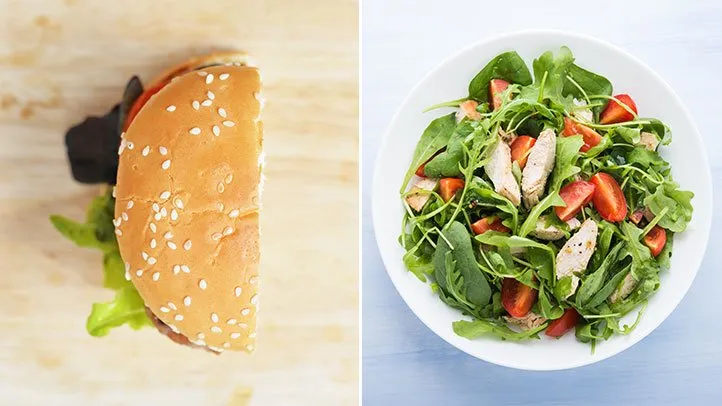
The Ultimate Conclusion: Does GOLO Work well with You?
The focus on whole foods and balanced meals and metabolic health by the GOLO Diet is a positive and science-enhancing method of weight management. The main point of its recommendations, eating foods rich in nutrients and controlling blood sugar, is quite logical.
The need of its proprietary supplement is however a debatable issue. Although the ingredients can help a bit, there is no weight loss magic pill. Probably the best points of the plan are its dietary and lifestyle suggestions.
Conclusion
If after learning about what is GOLO diet, you are considering about the GOLO Diet, then it is very prudent to consult your physician or a registered dietitian.
They can assist you in making decisions about whether the dietary strategy in the program suits you and give you information about whether the supplement is a justified purchase or whether your objective will be achieved by using diet and exercise.
Finally, sustainable weight loss is realized through some life-long lifestyle modifications rather than quick-fixes and supplements.




